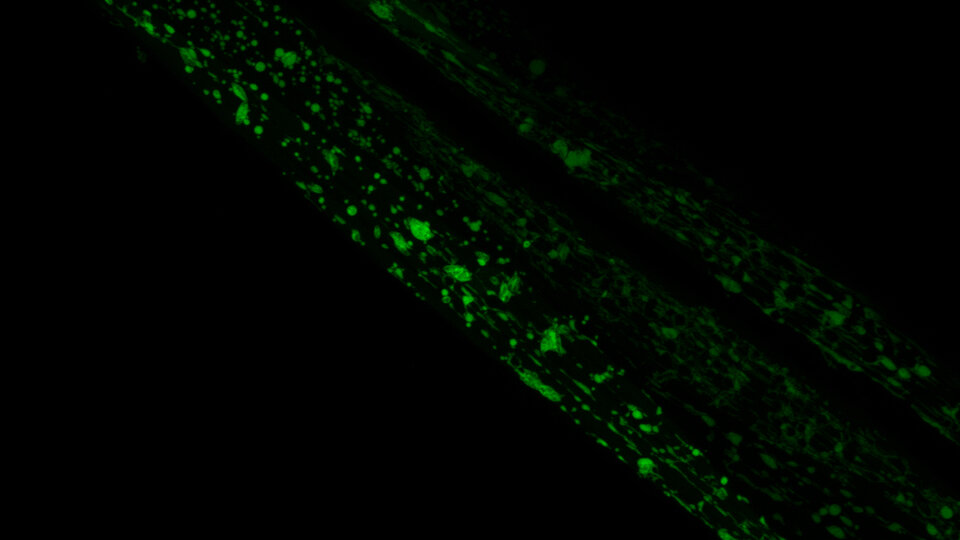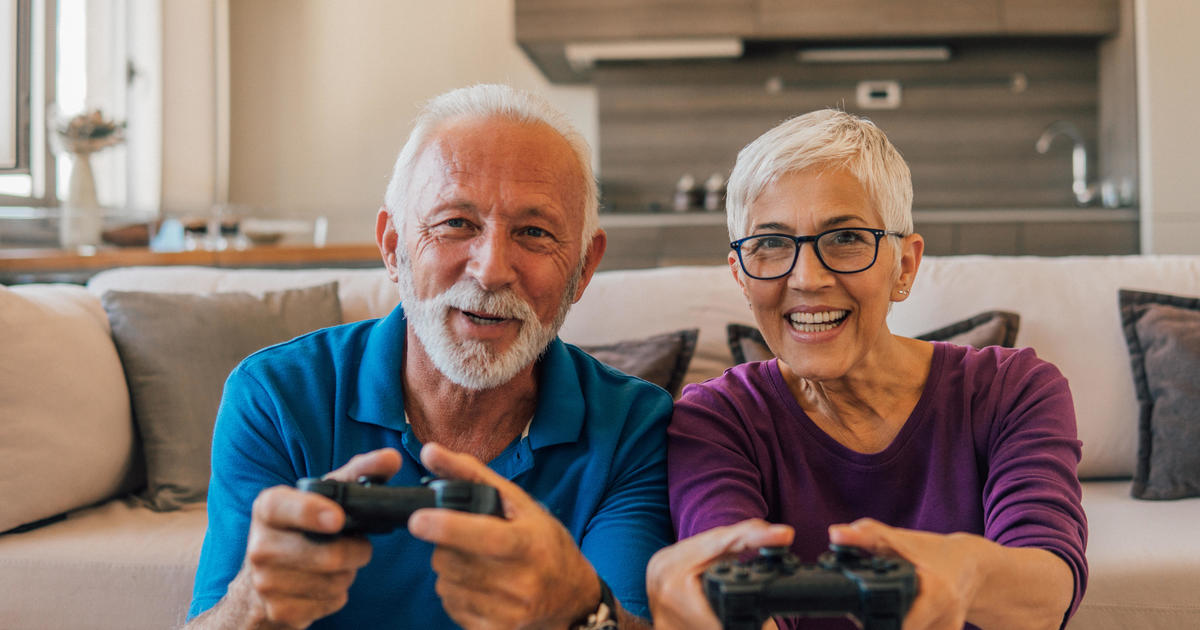In Europe, more than 20% of the population is over 65 years old and the proportion of elderly people is only expected to grow larger in the next decade, which will result in more health care costs. Research in space can help to better understand the aging body and possibly counter some of the effects.
Being in space gives researchers the opportunity to figure out the biological processes that mimic aging, in particular muscular and skeletal conditions. In microgravity, less muscle use can lead up to 20% loss of muscle mass and 40% loss of muscle strength after six months in space. Even though astronauts exercise for up to 2h every day as a countermeasure, this does not fully help to go against the effects of muscle atrophy. Yet, the muscle degradation of astronauts is reversible on earth, which makes space the ideal situation to research these effects.
One of the experiments that gave new insights into aging is ESA’s Molecular Muscle Experiment. Thousands of microscopic worms (C. elegans) were sent to the ISS to see how microgravity affects their muscles. These worms share nearly 80% of the same genes as humans and their muscles behave very similarly. Previous evidence suggests that the molecular signals that send energy and mechanical loading to the muscles, are disrupted during spaceflight.
‘The findings of the Molecular Muscle Experiment could have important implications in finding out more about muscle loss in space, and this could lead to new therapies for muscle dystrophy, aging, and other conditions on earth’ – Dr. Colleen Deane, Science team member of the ESA Molecular Muscle Experiment, University of Exeter.

Another ESA led experiment to research the effects of microgravity on the musculoskeletal system is called Myotones. Prof. Dr. Dieter Blottner and his team at the Charité Center for Space Medicine in Berlin, designed a portable device named Myotone Pro. This non-invasive smartphone sized device can monitor tone, stiffness, and elasticity of astronaut’s muscles during their missions on the ISS. Valuable information about the conditions of the skeletal muscles, tendons, and other soft tissues are measured. This facilitates objective assessment of progression and efficacy of various factors in space, but the device could be used on earth to help detect musculoskeletal disorders, diseases, or risk of injury at an early stage so that preventive measures and appropriate medical treatment can be provided well in time.
One of the main causes of aging is the degradation of bone cells. Osteoblasts are the cells that form a new bone, but in microgravity, they show a decrease in cellular activity, which is also seen during aging. In 2018, the ESA In Vitro Bone experiment was conducted on the ISS to monitor the activity of osteoblasts in space. How bones react to spaceflight is crucial to understand aging and it offers a way to research immediate muscle changes that take weeks to manifest on earth.
‘We cultured the bone cells on hydroxyapatite scaffold in the presence or absence of the irisin protein. Results demonstrated that irisin counteracts the effect of microgravity on the reduction of osteoblast activity by increasing their differentiation and metrics production. These results support the development of potential irisin-based drugs to counteract bone loss.’ – Maria Grano, PI for the ESA In Vitro Bone experiment, University of Bari
Based on the research on board the ISS, biomedical companies on earth developed innovative solutions for aging. The GreenBone company invented a biometric bone substitute called b.Bone, this can reproduce the architecture and morphology of natural human bone. This substitute can be used during bone during surgery and allows cellular infiltration and vascularization throughout the material for bone healing. The structure will be tested on the ISS because microgravity serves as the ideal accelerated osteoporotic model.
Facts and figures
- > 20% of Europe’s population is over 65 years old.
- Effects on the human body in microgravity are similar to aging.
- 20% of muscle mass and 40% of muscle strength are lost in space.
- Research in microgravity can help to better understand the aging process.
- Medicine and bone substitutes developed to counter aging on earth.







